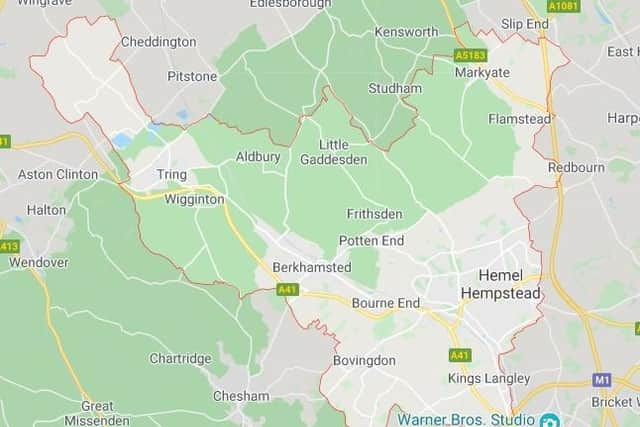Dacorum women more likely to be furloughed than men
and live on Freeview channel 276
Women in Dacorum were more likely to be furloughed than men at the end of August, new snapshot figures reveal.
It comes as Chancellor Rishi Sunak pledges billions of pounds of extra help to the programme set to replace the Job Retention Scheme system on November 1.
Advertisement
Hide AdAdvertisement
Hide AdWith women across the UK more likely to be placed on furlough than men, the Global Institute for Women’s Leadership at King’s College London said they are also likely to be first in line for redundancy when the scheme ends.


Figures from HM Revenue and Customs show 12% of eligible women in Dacorum had their jobs furloughed through the JRS at the end of August – 4,500 in total.
This was slightly higher than the 10% of men (3,800) who were placed on furlough at the same time.
Across the UK, 52% of the 3.1 million furlough claims, where the gender of the employee was known, were for women – with take-up rates highest for women under the age of 18.
Advertisement
Hide AdAdvertisement
Hide AdAt this time, the Government paid 80% of employees' wages through the Job Retention Scheme, up to a maximum of £2,500 per month per employee.
In October, the scheme covers 60% of wages, up to a cap of £1,875 – with employees receiving 80% of their wages.
With the scheme set to finish at the end of October, Mr Sunak announced the new Job Support Scheme will now cover employees doing just 20% of their usual work instead of just those in “viable” jobs at a third of their normal hours.
The amount that employers are required to pay to top up their wages has also been reduced to just 5% of unworked hours, down from 33%.
Advertisement
Hide AdAdvertisement
Hide AdMr Sunak said: “These changes mean that our support will reach many more people and protect many more jobs.
“I know that the introduction of further restrictions has left many people worried for themselves, their families and communities."
Dr Rose Cook, senior research fellow at the Global Institute for Women’s Leadership, said more women were being furloughed because it is most heavily used by employers in the hard-hit hospitality sector, which is female-dominated.
She said that while the scheme has provided a "lifeline", many of the women have been furloughed for months, living on less than their already low income.
Advertisement
Hide AdAdvertisement
Hide AdDr Cook added: "Women who have been kept on full furlough for months are also likely to be first in line for redundancy once the furlough scheme comes to an end.
"This means that for many women, furlough is a stop-gap to unemployment rather than a job retention scheme.”
Separate figures for the Self-Employment Income Support Scheme at the end of September show the average female self-employed worker in Dacorum was claiming £2,200 – compared to £3,100 for men.
Just 63% of eligible women applied to the scheme, meaning the take-up rate for eligible men was much higher (70%).